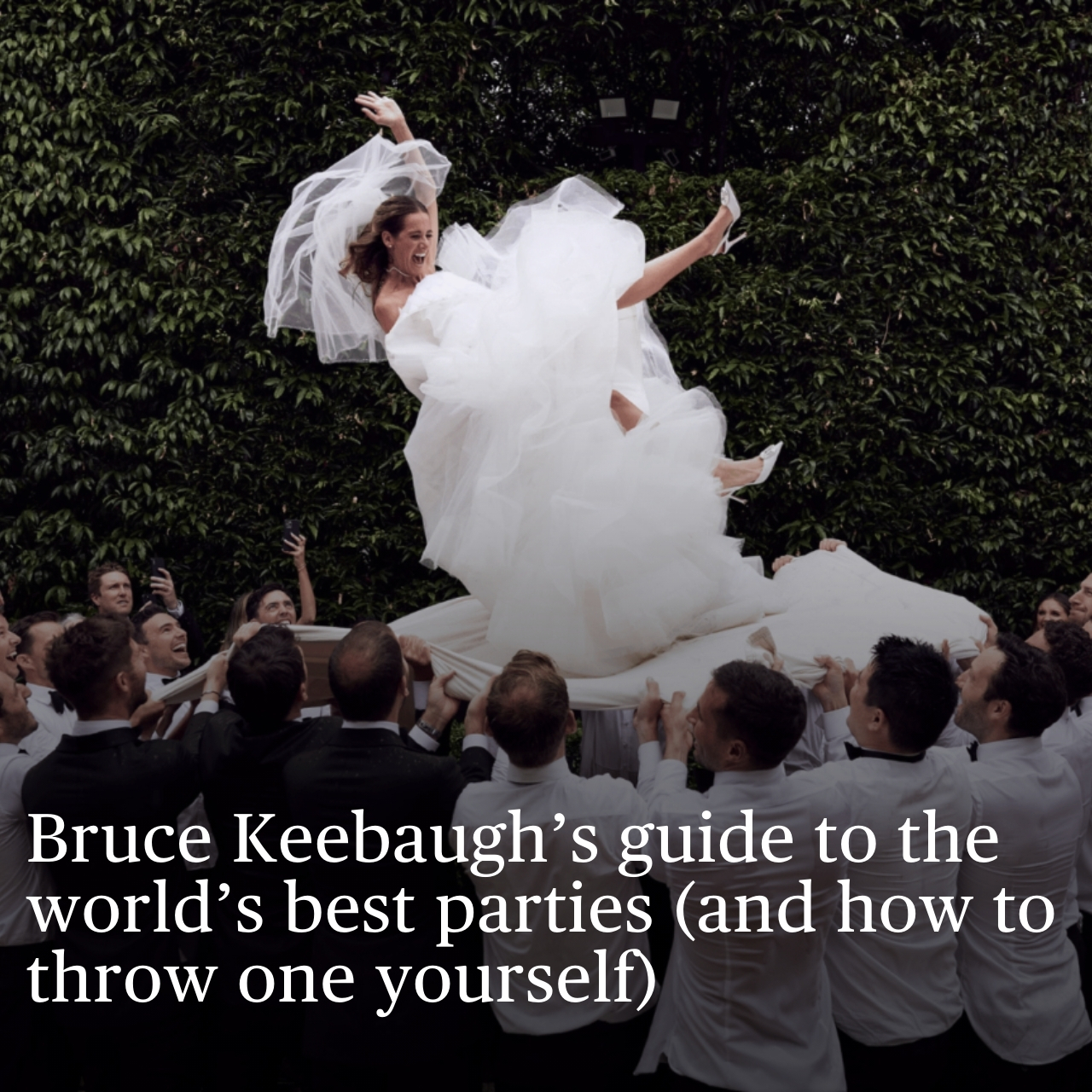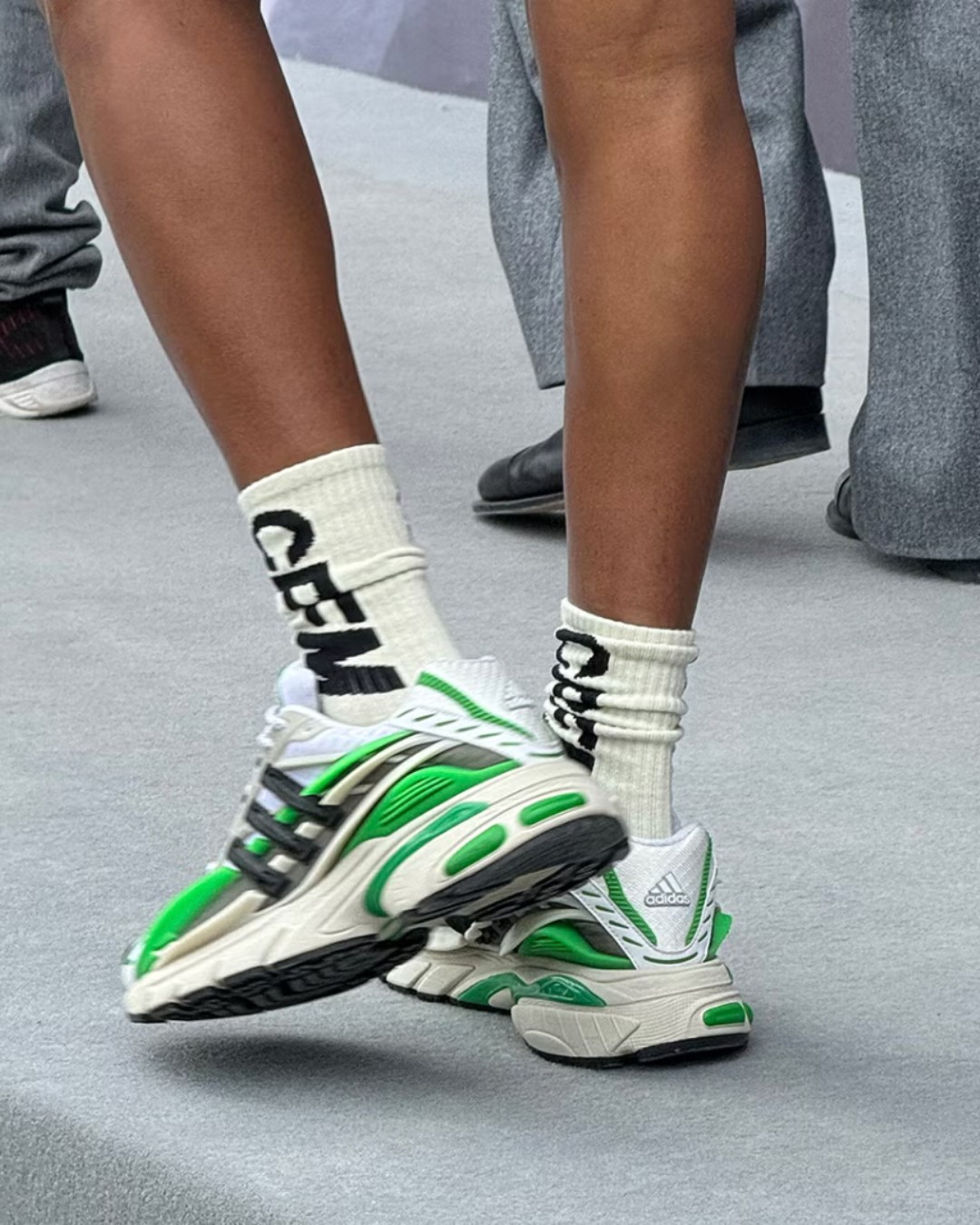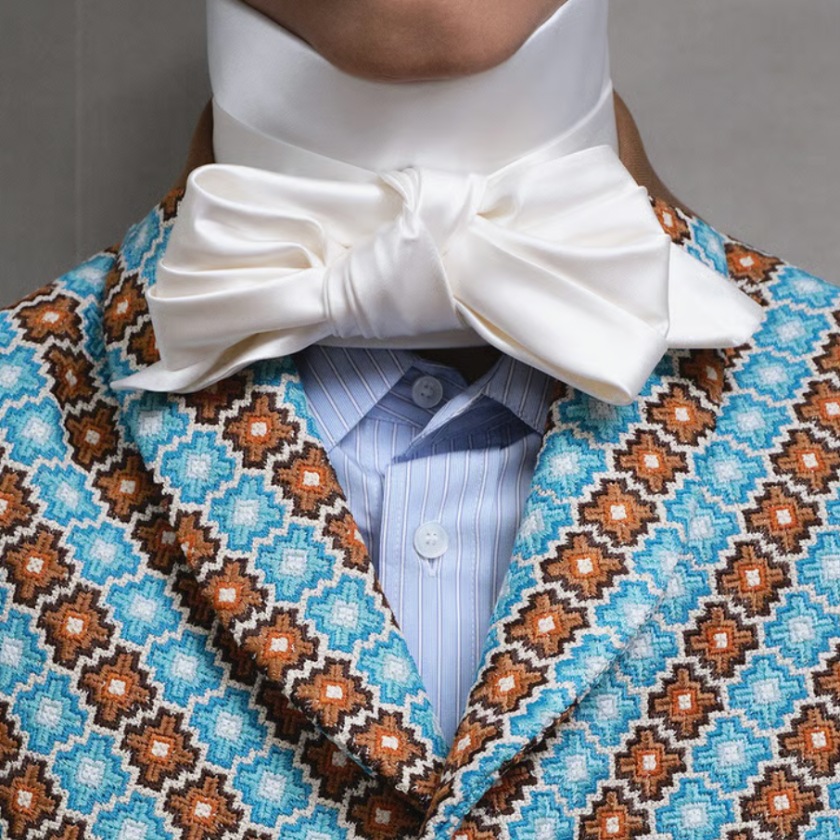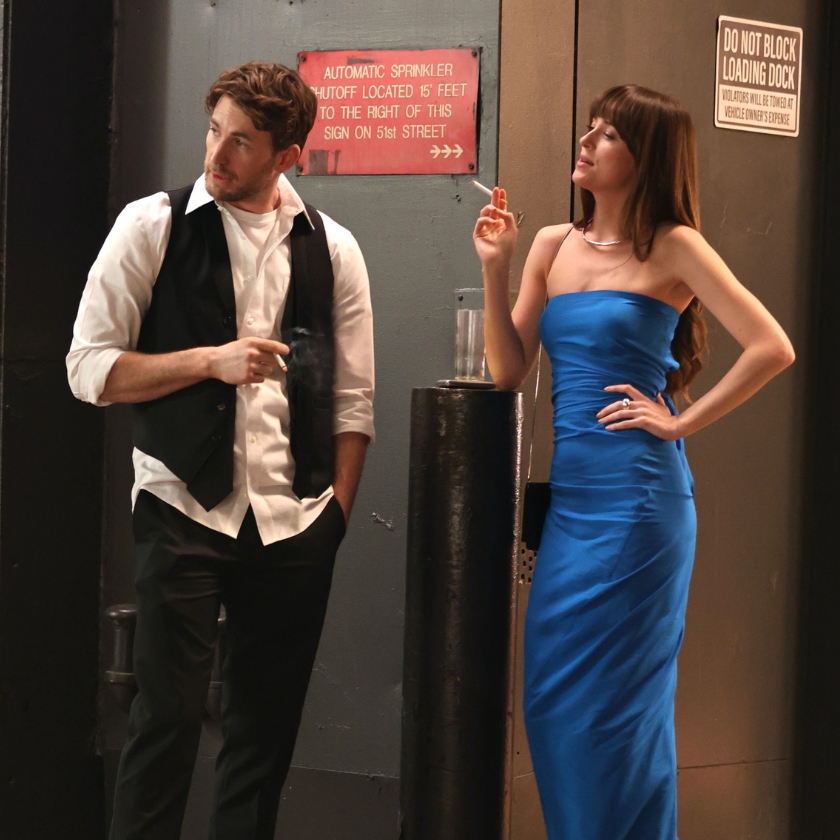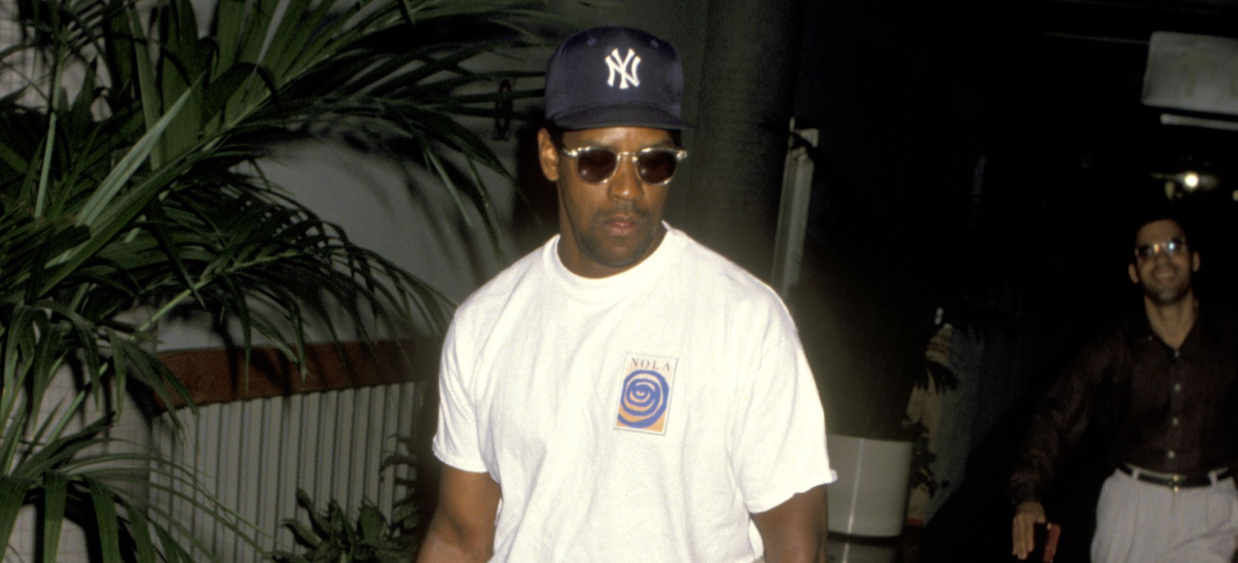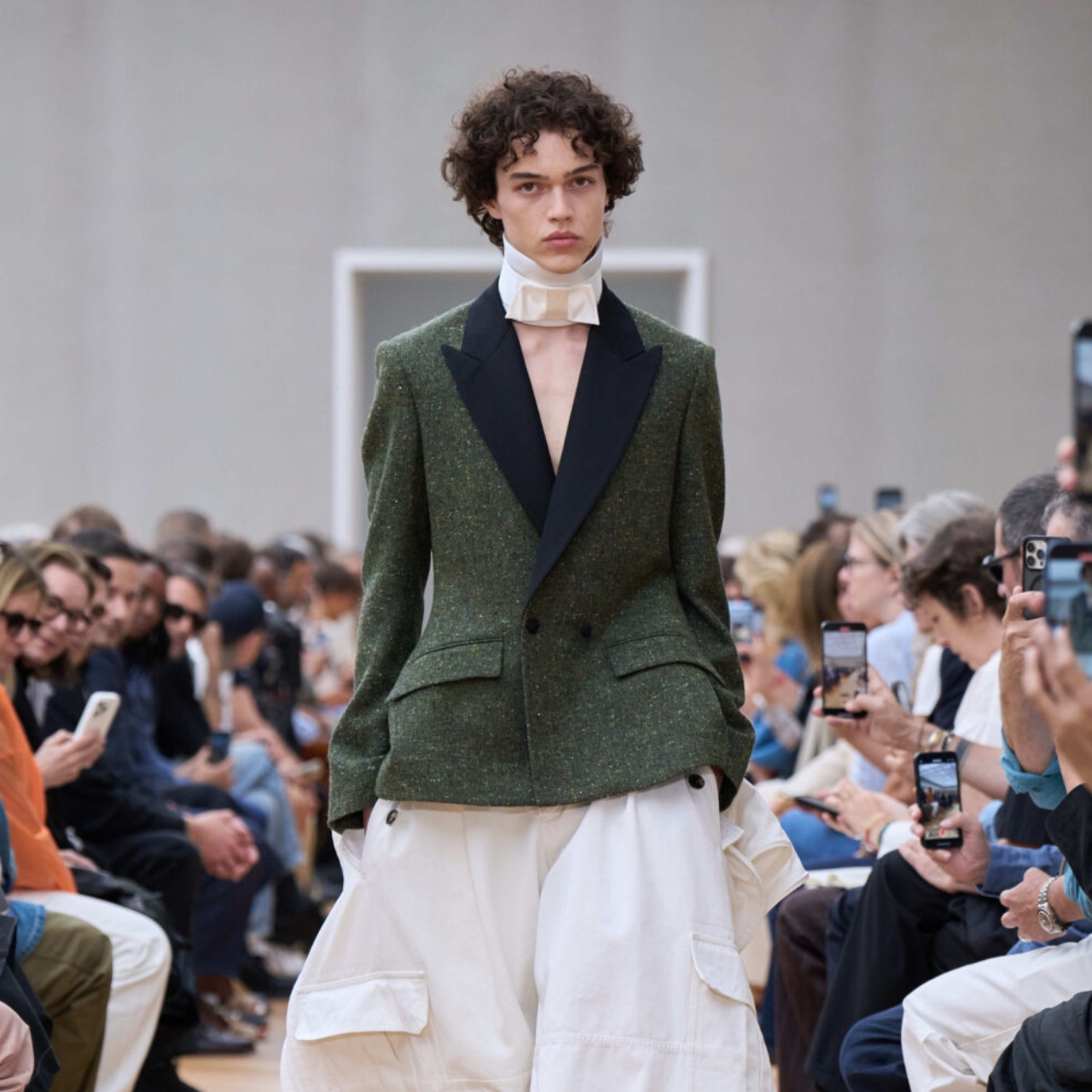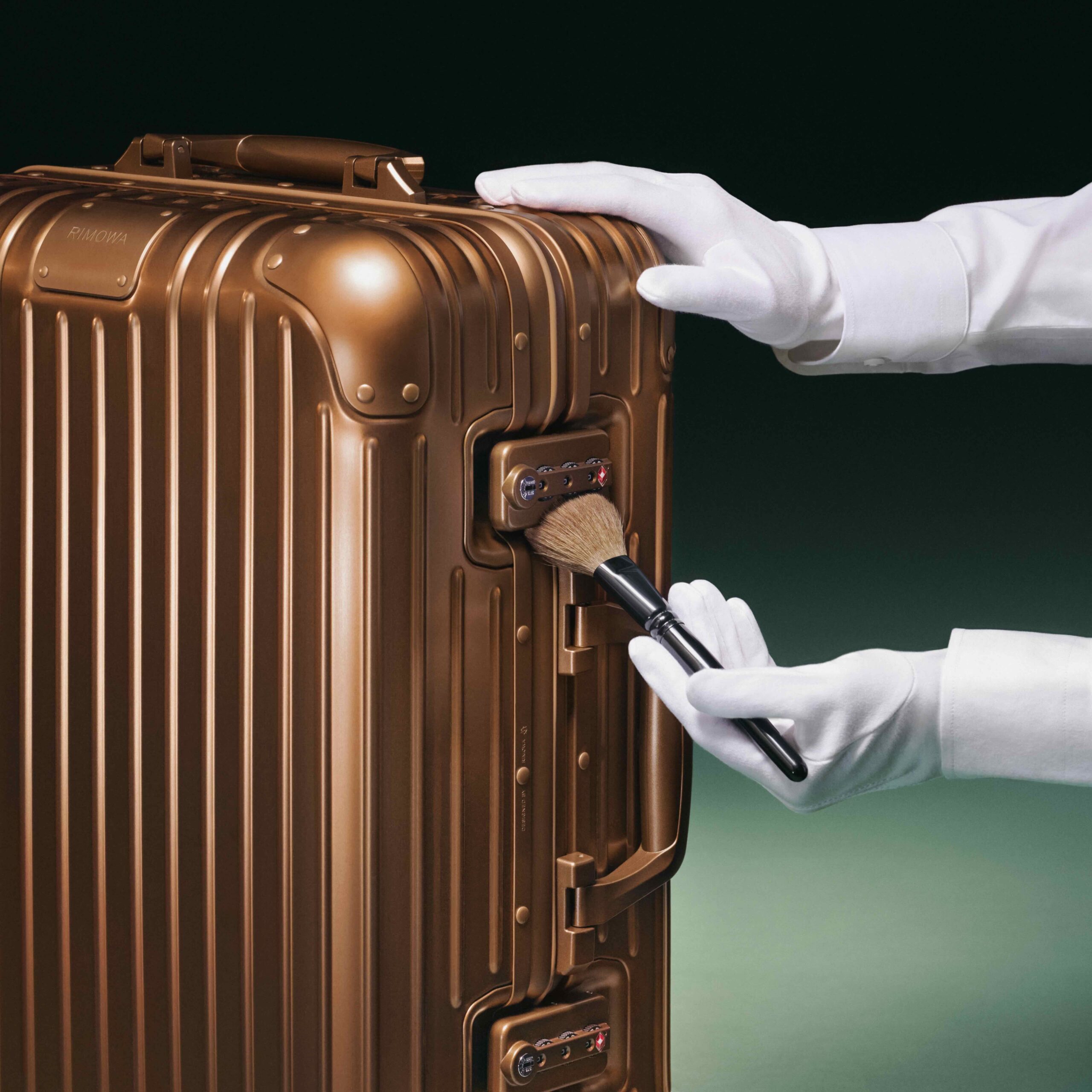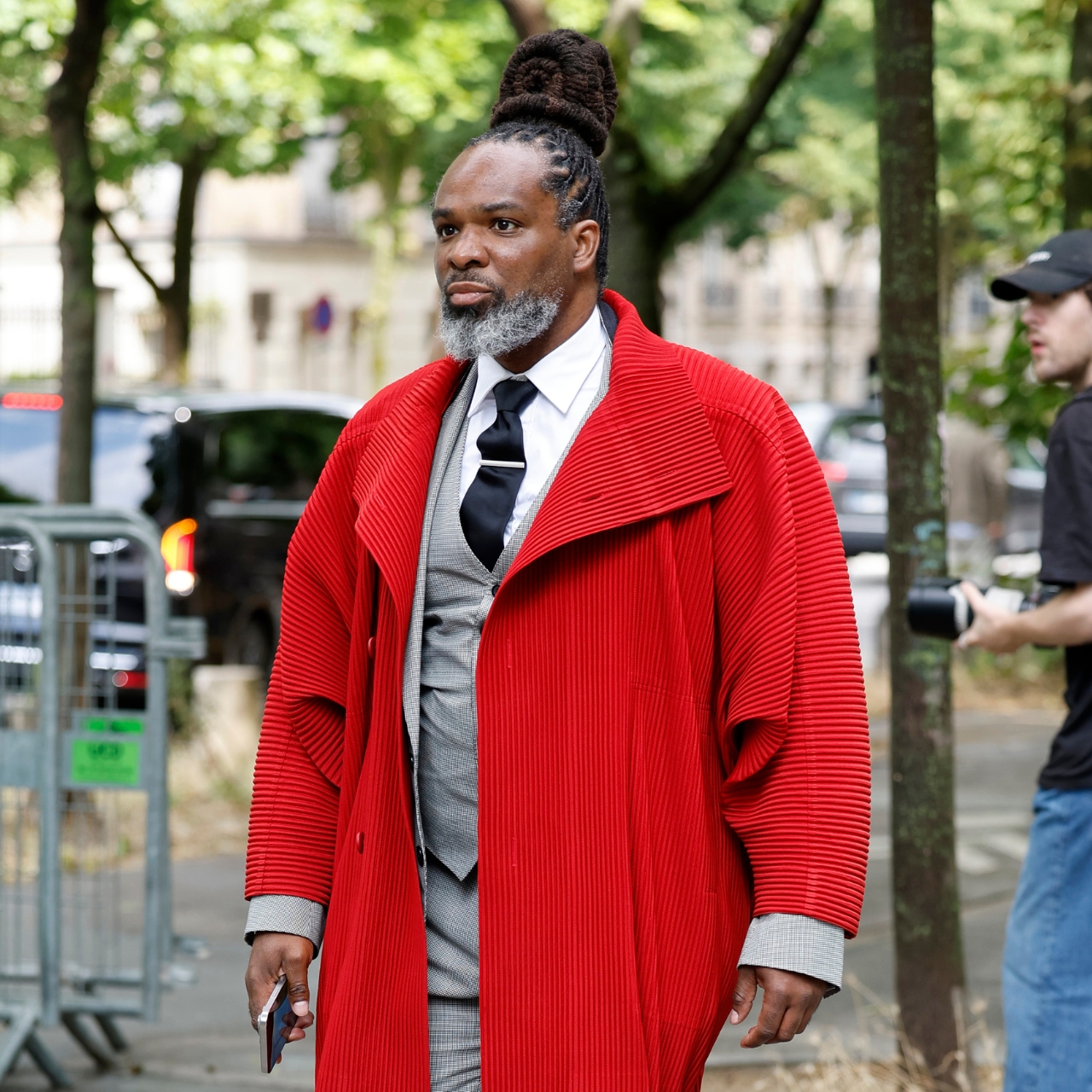How luggage became the new It bag
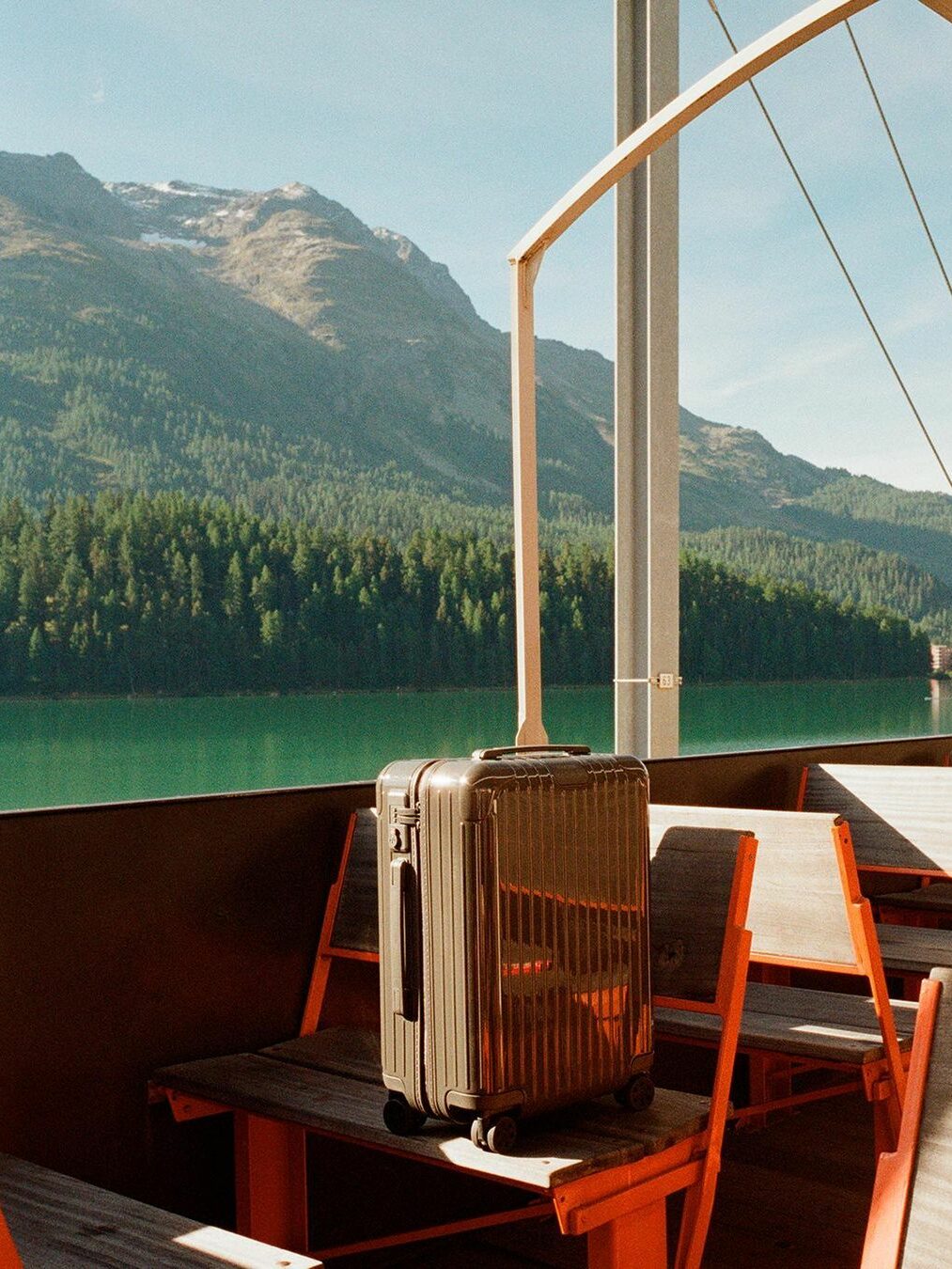
DESPITE THE fact I wrote it, the above headline is an oxymoron to me in a few ways. An It bag demands attention, it’s something recognisable in the fashion world, and for many people, a prized possession to show off, right? So how can luggage, something so personal in its utility, which is rarely seen and only makes its way from home to airport carousel to hotel and back again, is deemed an It bag? A status item? Make it make sense, Noelle. But somehow, it has. And hear me out, because, it does make sense.
Travel in 2023 is up. In every possible way. Multiple reports state that, globally, people have travelled more often, and spent more money, on travel this year—and not just air travel— than we did in 2019. One report from earlier this year from the UN’s World Tourist Organisation stated that by the first quarter of 2023, international arrivals had already reached 80 per cent of pre-pandemic levels, showing that the sector was well on its way to a full recovery post-pandemic. And with the excitement and renewed awe surrounding our post-pandemic return to exploring the globe, comes the consumer sentiment to get excited again about our gear. ‘New world, new me,’ so to speak.
For context, I travel internationally A LOT. I spend a good chunk of my life living out of a suitcase, and suitcases have always held status among us frequent flyers—because we know the pros and cons of certain brands, designs, materials and sizes, to the point where I’m sure many of us could hold a Ted Talk on the subject. However, over the past two years, something I’ve never seen before on my many travels, or indeed within the fashion and mainstream discourse, is the fascinating uptick in conversations about luggage brands, luxury perceptions and well, something I’m just calling the suitcase discourse. Not to mention, the uptick of luxury or novel suitcases appearing on formally drab carousels.
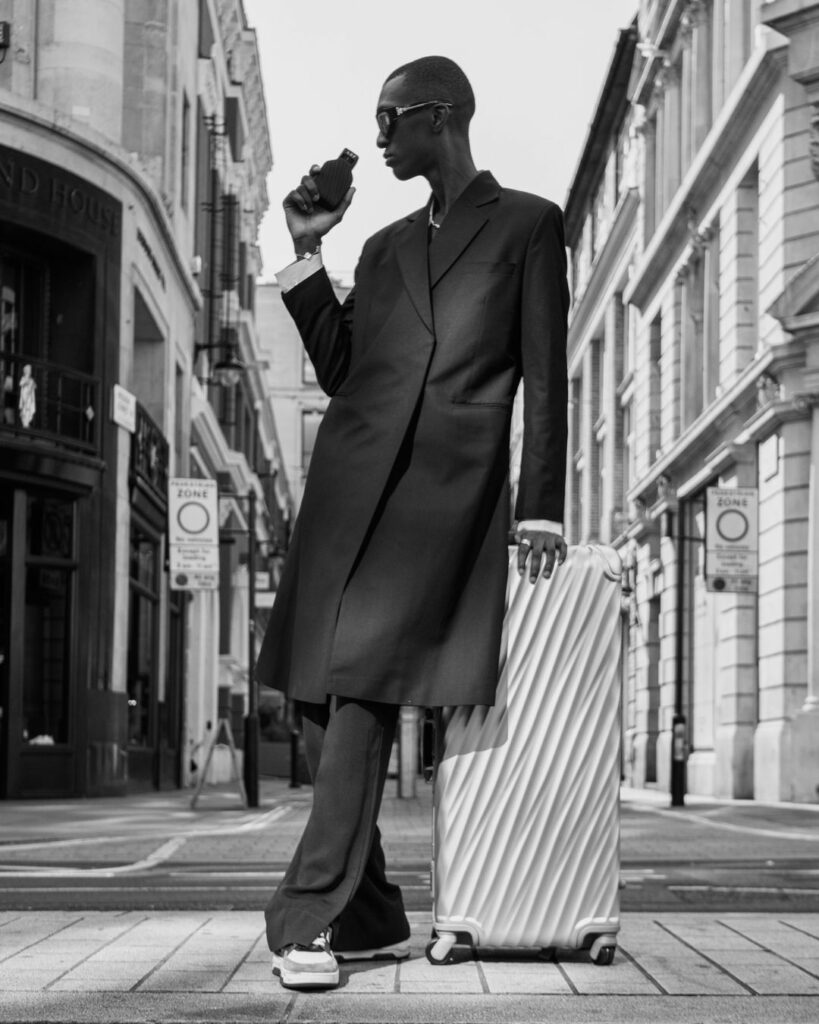
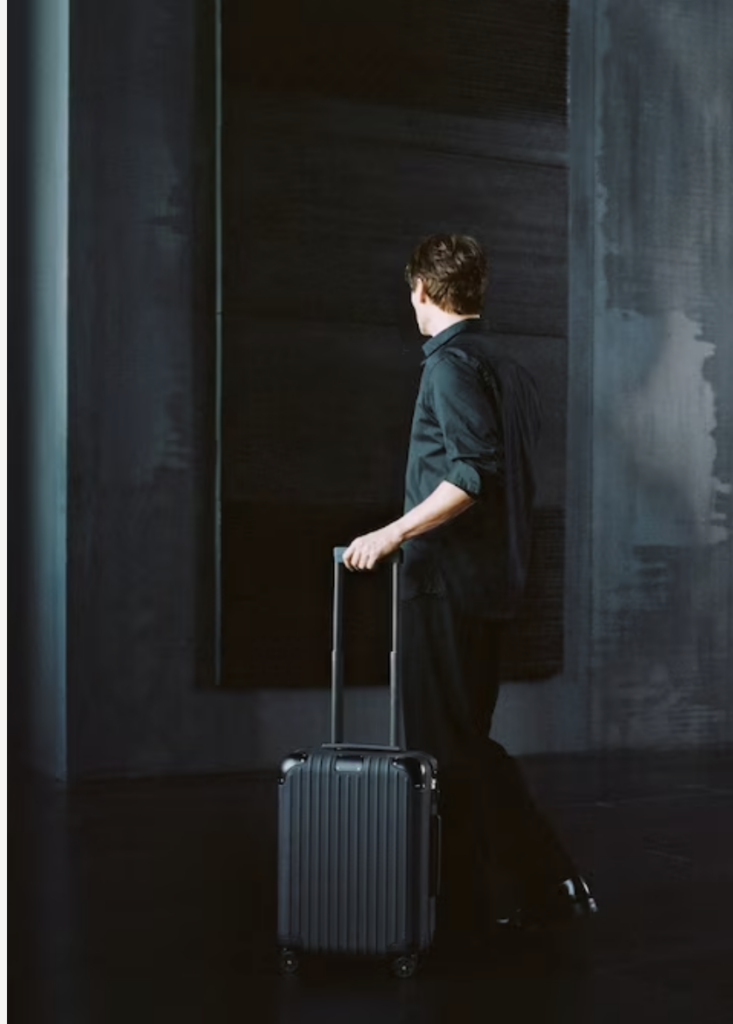
At the pointy end, luxury brands like Rimowa and Tumi, have undergone a complete overhaul of their strategy and status. The latter is the quiet achiever of the two, a brand that has utility and thoughtfulness in its approach to design and materials, and more of an if you know you know, status travel brand, particularly across the luxury Asian market. Whereas Rimowa has completely reinvented itself from being the 125-year-old OG pilot’s case favoured by a certain type of business traveller—often the type who enjoys a certain type of hobby, such as cars, golf and tennis, and appreciates engineering and minimalist aesthetics, and the type of person who packs light, because everything they need can be found on the other side of their journey (a true marker of a luxury consumer, IMO)—to now become the darling of fashion. Rimowa’s strategy itself comes straight out of the LVMH brand-building playbook, its parent company since 2016. Rimowa’s status has also seen it shift into It accessories for everyday life, including backpacks, phone cases and even cases for your AirPods—even if you’re not travelling, at least you can still join the club.
This week, Rimowa launched a beautiful all-leather collection, which signals to the upper echelon of luxury consumers, those not swayed by trendy colours or hyped drops, but rather, simple, elegant, good-quality materials and finishes, it is still appealing to their tastes and rooting itself in its technical and premium DNA. In all honestly, Rimowa’s rise—particularly when we consider those reasons I mention in the first paragraph— is something quite remarkable within culture. The German-founded brand’s fashionable success, beyond its heritage of engineering and utility, is something I’m sure will be studied by many luxury brands in the future.
Tumi and Rimowa are not the only two brands making waves among the jet set. Samsonite, which launched an aluminium competitor collection to both, has attempted to gain some cool-kid traction by collaborating with New Balance, the estate of Basquiat and Van Gough and even K-pop icons, BTS. A BTS collab is a smart move too, because as we recently pointed out in our travel trends piece, the fandom flyer, a consumer who travels the world to see their favourite band or destination tied to a passion of theirs, is a cohort many marketers are watching.
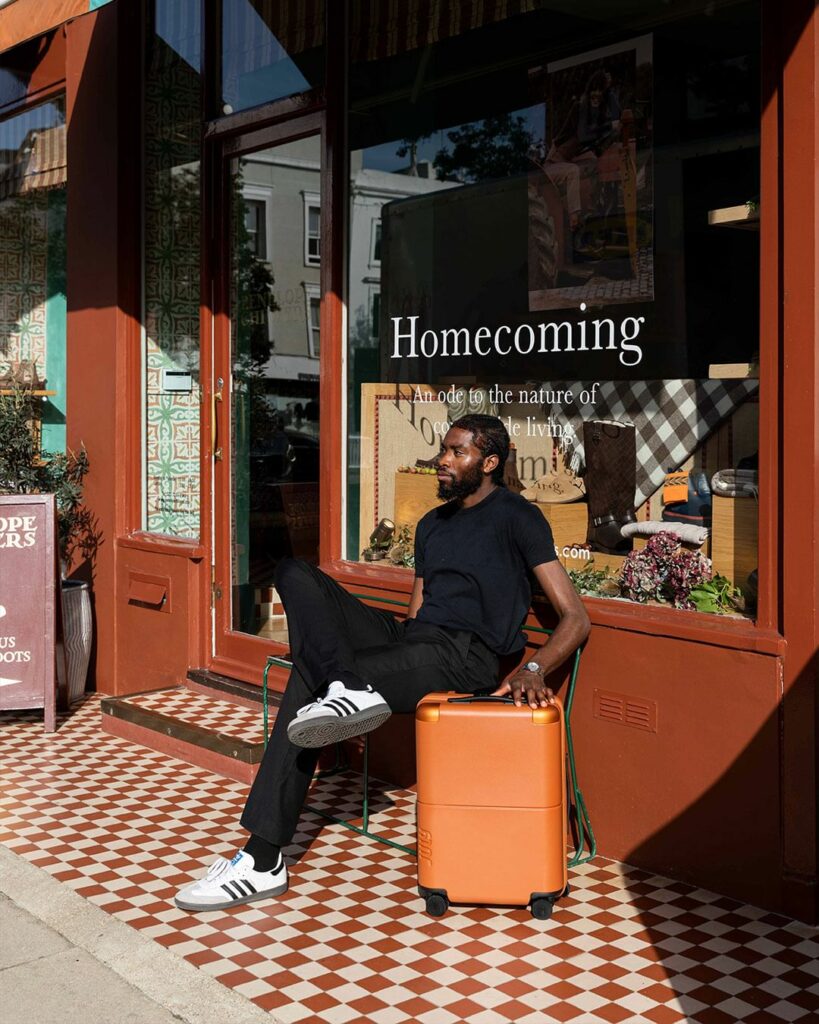
The mass market space has long welcomed travel good disrupters, like Australia’s Away and American startup darling July, the former spruiks very well-considered, spacious and dopamine-rich luggage that is often sold out. For those who like to make more of a statement, there are the more avant-grade or esoteric disruptors: Floyd, Horizn Studios, Paravel and Crash Baggage. Whereas the quiet luxurians might prefer Brics, Carl Frederik and FPM Milano —brands you’re less likely to see on a commercial jet carousel. Sometimes I find myself thinking about Telfar’s monumental rise to It Bag, and how much weight seeing celebs like Due Lipa carry a T-stamped overnight bag through an airport (even though I know for a fact those bags are horrible to travel with). Drab baggage is truly becoming a thing of the past—even if the experts say boring suitcases are less likely to be stolen/broken into.
So how did all this happen? I have a theory. We could say that travel itself has always been a marker of status and lifestyle, but how and what we travel with, has never held as much weight as it carries now, thanks to social media, of course. Travelling and the ability to travel carries many lifestyle connotations, it signals that you have not only money, but free time—something few are blessed with—it’s an aspiration that is unobtainable for most. But looking deeper, I think TikTok and Instagram have more to answer for. Consider this: the relentless stream of unboxing, get ready with me and showy fashion influencer content is unavoidable and in turn, has cheapened a lot of formally exclusive luxury products, or at the very least diluted the brand’s luxury appeal. If you see something special everywhere, it’s no longer special, is it?
Whereas luggage, a single-purpose product, only seen by a few, that has been elevated from being the object that protects your items to a fashion statement in itself, is an ultimate tell of taste, brand alignment and personal signalling. And therefore, the final frontier of luxury status symbols.
Related:
Rimowa’s 125th anniversary showcases its long history of luxury
Planning a trip for 2024 and beyond? Here are five travel trends to look out for





